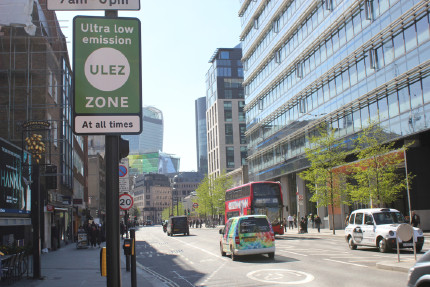Annex to the UVAR topic guide published
Dynaxibility4CE has published an annex to the UVAR topic guide from August 2019, which is available in the project library here.
Urban vehicle access regulations (UVARs) are a useful tool to limit access of private passenger vehicles and HGVs in certain areas of inner cities. Nevertheless, only a handful of cities have established an UVAR because enforcement, access management and the potential impact on the wider area (the so-called functional urban area [FUA]) are difficult challenges.

Guidance- and support documents are limited since each European city is unique in their urban development, traffic concept, terrain and urban sprawl, the city. One of the main publications is the ELTIS UVAR topic guide ‘UVAR and SUMPs’, which was written by POLIS Network in cooperation with other partners in the framework of the EU-funded ReVeAL project in August 2019. The document has several limitations, as it doesn’t include aspects of Central European cities, doesn’t address the functional urban area and doesn’t provide further reads that help stakeholders to further navigate through the significant amount of available literature.
Therefore, Dynaxibility4CE aimed to address these limitations by publishing an annex to the existing topic guide, which is available here and highlights the topics of FUAs and its assessment, UVAR planning, as well as Dynaxibility4CE case studies and UVAR best practices from Central Europe and beyond. The main aspect is the detailed illustration of the UVAR process by the Polish City of Krakow as the Dynaxiblity4CE partner, which had significant progress of creating an UVAR. Similar to the UVAR topic guide, this annex cross-references the guidance and information documents from ReVeAL and other projects, initiatives and toolkits to promote their content.
Additional topic guides on Cooperative Connected and Automated Mobility (CCAM) and Mobility-as-a-Service (MaaS) are also additional outputs of the Dynaxibility4CE project.
